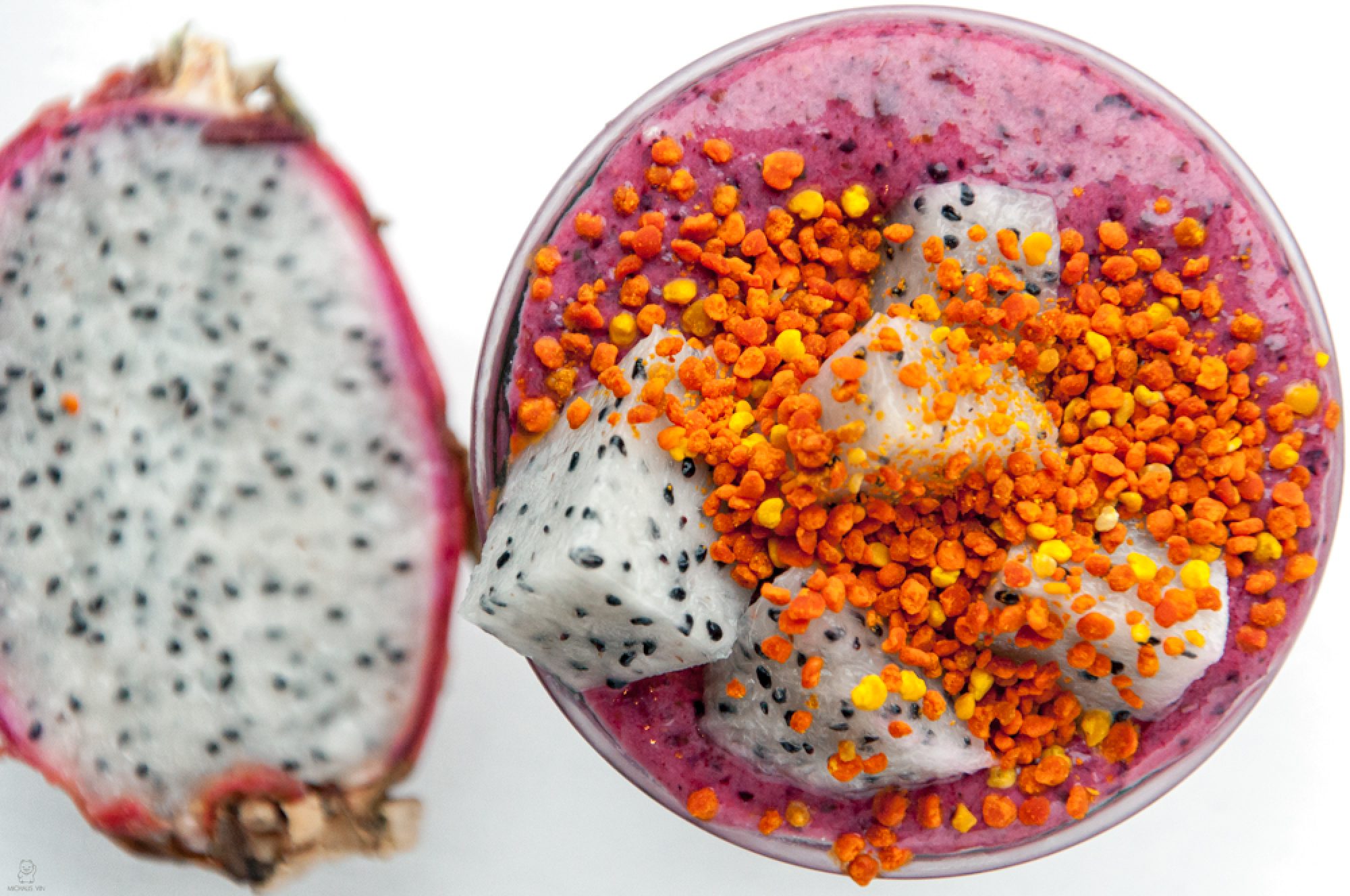Cruciferous vegetables belong to the Brassicaceae or cabbage family of plants and are a powerhouse of nutrients with a host of health benefits. Not only are they high in fibre and low in calories, they are also rich in vitamins A, C, K and phytochemicals (nutrients found in plants) such as the sulphur containing glucosinolates which have been to shown to have strong antioxidant properties that prevent disease.
Cruciferous vegetables contain sulphur-containing compounds called glucosinolates which have an important role in the liver’s phase 2 detoxification pathway and have been shown to reduce the risk of cancer in multiple studies. They contain the highest levels of vitamins A, C, and K among the vegetable family which are all potent antioxidants and thus help to fight disease and reduce inflammation. The high fibre content of cruciferous vegetables makes it an excellent blood sugar regulator and also great aid for weight loss programs. Just 1 cup of Brussel sprouts contains 4g of fibre. They provide a great source of protein. 100kcal of steamed broccoli or 300g provides 10g of protein. This is great for promoting satiety in any meal. and why we should all be eating more of these nutrient-dense foods in our diet.
Tips for getting more cruciferous veg in your diet…
- Try substituting normal rice for cauliflower rice.
- Add raw watercress, cabbage or radish into salads.
- Bring back the slaw! Slaws or coleslaws are a simple and great addition to any meal.
- Make a pesto with fresh rocket instead of Basil.
- Use broccoli sprouts as a garnish for just about any dish! Sprouts are often more concentrated in beneficial phytonutrients than in their larger forms.
- Aim to have 2-3 servings of a variety of cruciferous vegetables a day to radically improve your health.
To better reap their benefits, eat cruciferous vegs raw:
- Better eaten in their raw form, to minimise glucosinolate losses during cooking. Boiling cruciferous vegetables from 9-15 minutes resulted in 18-59% decrease in the total glucosinolate content of cruciferous vegetables. Cooking methods that use less water, such as steaming for a short time may reduce glucosinolate losses.
- Thorough chewing or chopping of raw cruciferous vegetables increases glucosinolate contact with myrosinase and increases the amount of isothiocyanates absorbed.
- If you have thyroid issues, it’s best to always consume the vegetables cooked and limit your intake to 2 servings/ day
Sources:
https://lpi.oregonstate.edu/mic/food-beverages/cruciferous-vegetables
http://www.whfoods.com/genpage.php?%20tname=btnews&dbid=126
https://draxe.com/cruciferous-vegetablescancer-thyroid/


